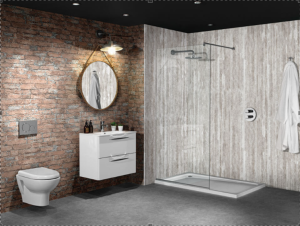
1) Leadership in Energy and Environmental Design (LEED) certification: LEED is a globally recognized green building certification program that promotes sustainable design and construction practices.
2) Zero-energy buildings: The concept of zero-energy buildings, which produce as much energy as they consume, has gained prominence. These buildings utilize renewable energy sources and highly efficient systems to achieve their goal.
3) Net-zero carbon buildings: Similar to zero-energy buildings, net-zero carbon buildings aim to reduce their carbon emissions to zero through various energy-efficient measures and the use of renewable energy sources.
4) Passive House certification: The Passive House standard emphasizes energy efficiency and high levels of insulation while maintaining a comfortable living environment. This certification is based on strict energy performance criteria.
5) Living Building Challenge: This certification program pushes for regenerative building practices, requiring buildings to generate their energy, collect and treat their own water, and be constructed with non-toxic and locally sourced materials.
6) WELL Building Standard: Focusing on occupant health and well-being, the WELL Building Standard assesses factors such as air quality, water quality, lighting, and thermal comfort to ensure healthy indoor environments for building occupants.
7) Green roofing and urban agriculture: Incorporating gardens and green spaces on rooftops, green roofing helps reduce stormwater runoff, improve air quality, and enhance energy efficiency. Urban agriculture initiatives also promote sustainable food production within urban environments.
8) Circular economy principles: The integration of circular economy principles in sustainable construction promotes waste reduction, resource efficiency, and the use of recycled and repurposed materials.
9) Smart buildings and building automation: Advanced technologies enable smart buildings to optimize energy consumption, monitor and control various systems, and improve overall efficiency, thus reducing the environmental footprint.
10) Embodied carbon reduction strategies: The focus on embodied carbon has increased in recent years. Strategies such as using low-carbon materials, reducing construction waste, and employing efficient construction methods help minimize a building’s carbon footprint from its construction phase.



